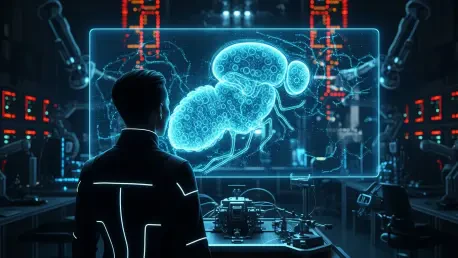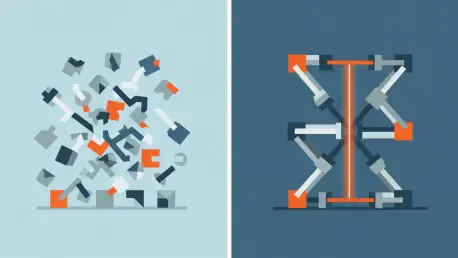
The blueprint of life unfolds as a complex dance of thousands of cells, a choreography so intricate that predicting its next steps has long remained beyond the reach of science—until now. Predictive Cellular Modeling is emerging at the intersection of developmental biology and advanced

The proliferation of powerful, open-source artificial intelligence tools has presented enterprises with a compelling yet complex paradox. While technologies like Ollama for language models, n8n for workflow automation, and Stable Diffusion for image generation offer unprecedented capabilities,

A comprehensive analysis presented in a pivotal new study delves into the burgeoning role of artificial intelligence within specialized educational domains, meticulously investigating the capabilities and shortcomings of contemporary AI chatbots when tasked with the Fundamentals of Engineering

The modern beverage industry has long operated on a model of educated guesswork, where companies invest heavily in creating new products and then use extensive marketing data to convince consumers to buy them. A South Australian company, however, is pioneering a revolutionary shift in this paradigm

The artificial intelligence revolution has ignited an insatiable global demand for High-Bandwidth Memory (HBM), transforming this once-niche component into the performance cornerstone of modern computing. This unprecedented surge has created a pivotal moment for China's domestic semiconductor

In a significant leap forward for artificial intelligence, a team of physicists from Emory University has developed a unifying mathematical framework that brings order to the often chaotic and ad-hoc world of AI algorithm design. Published in the Journal of Machine Learning Research , this novel